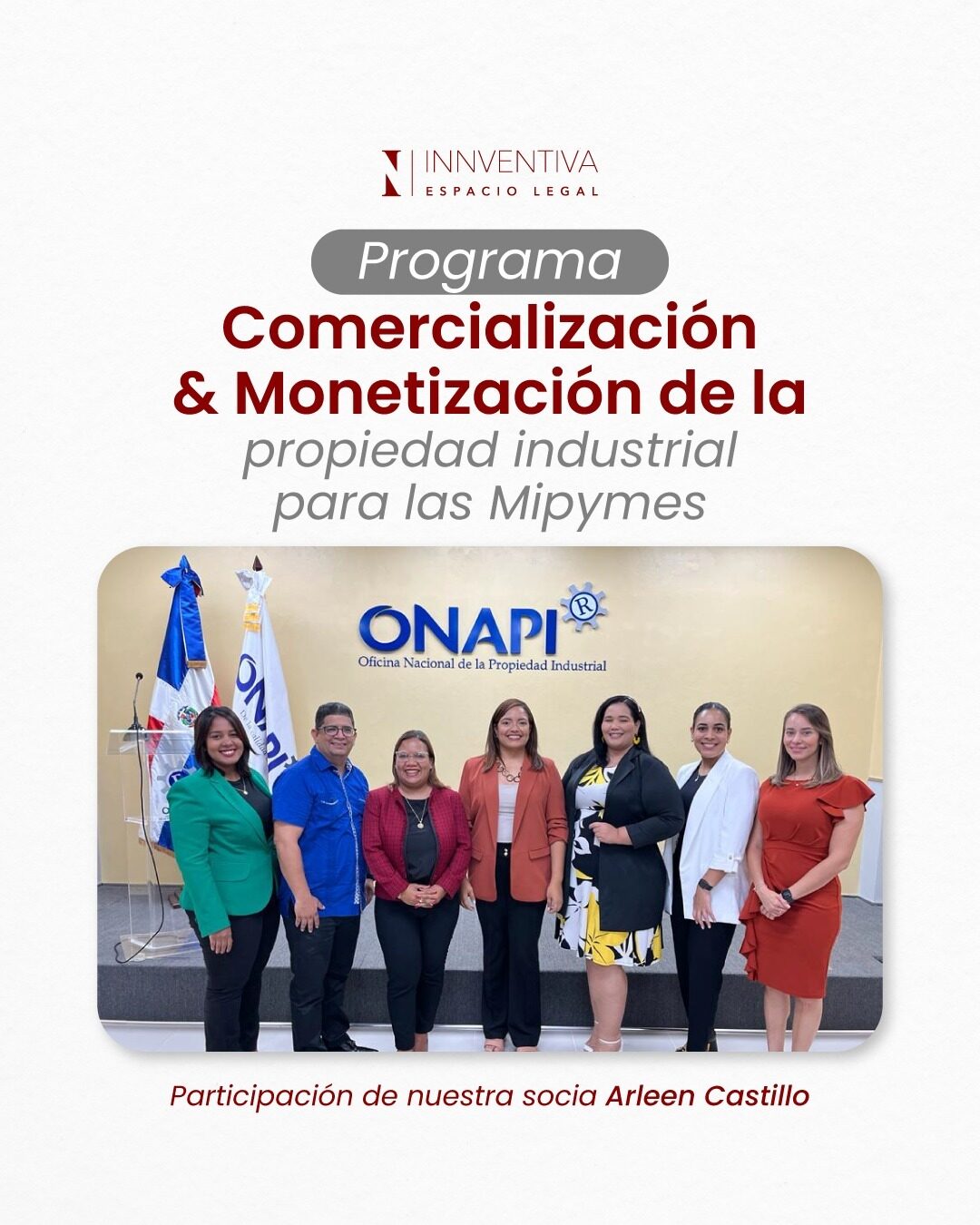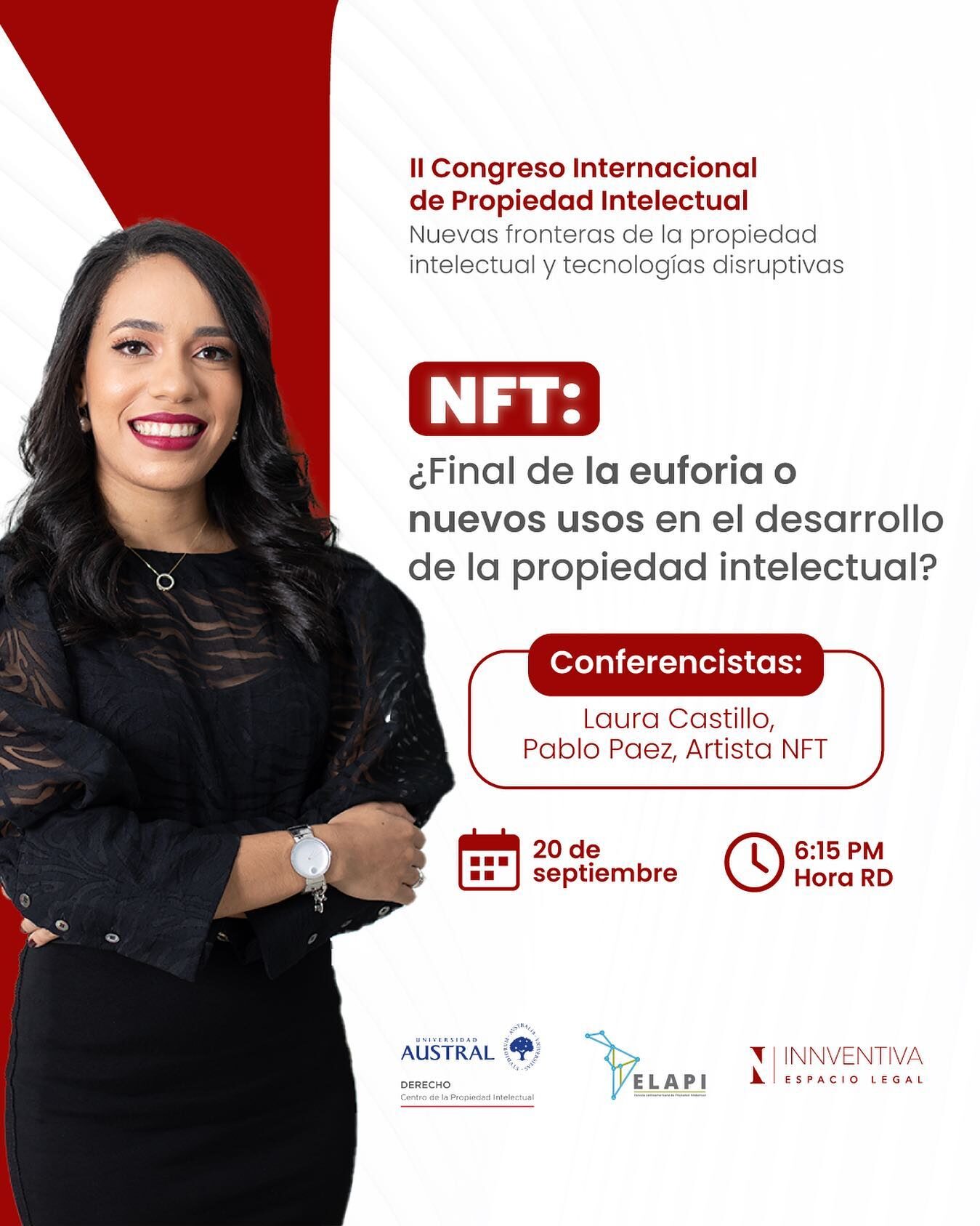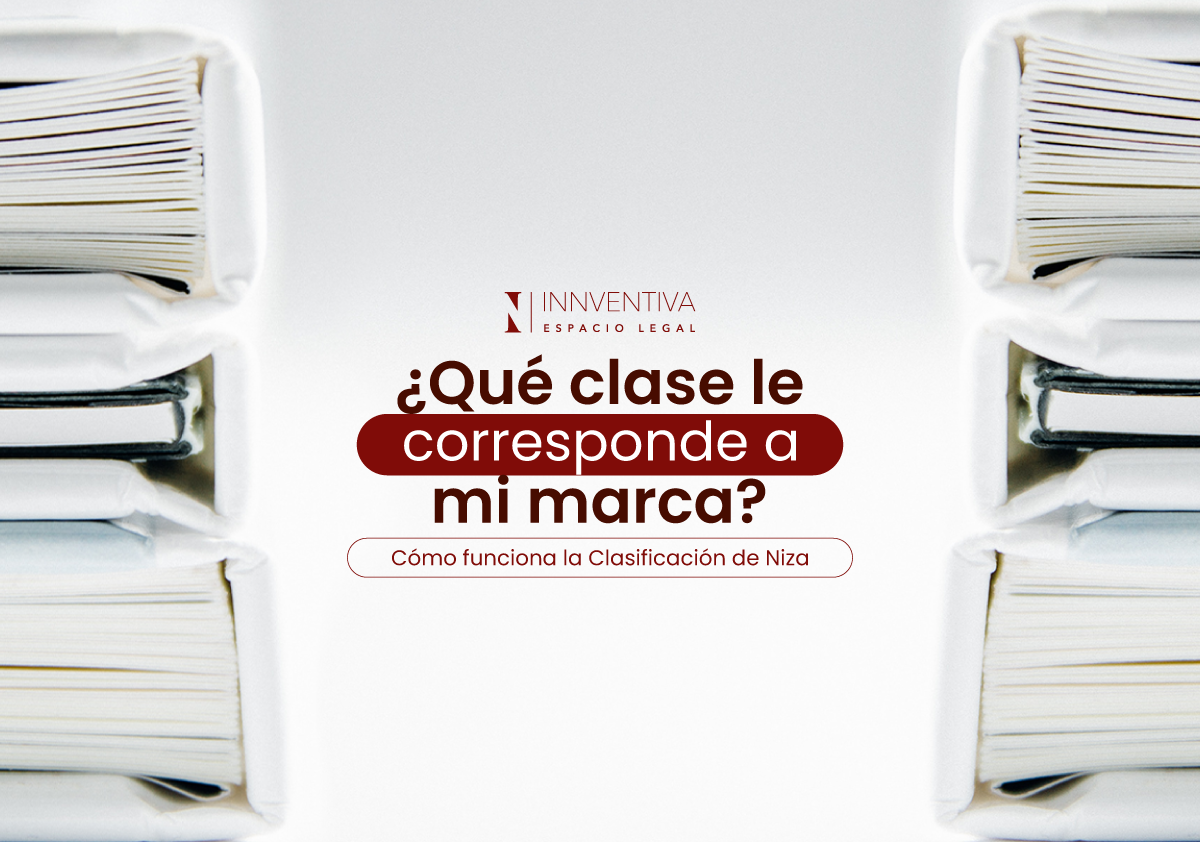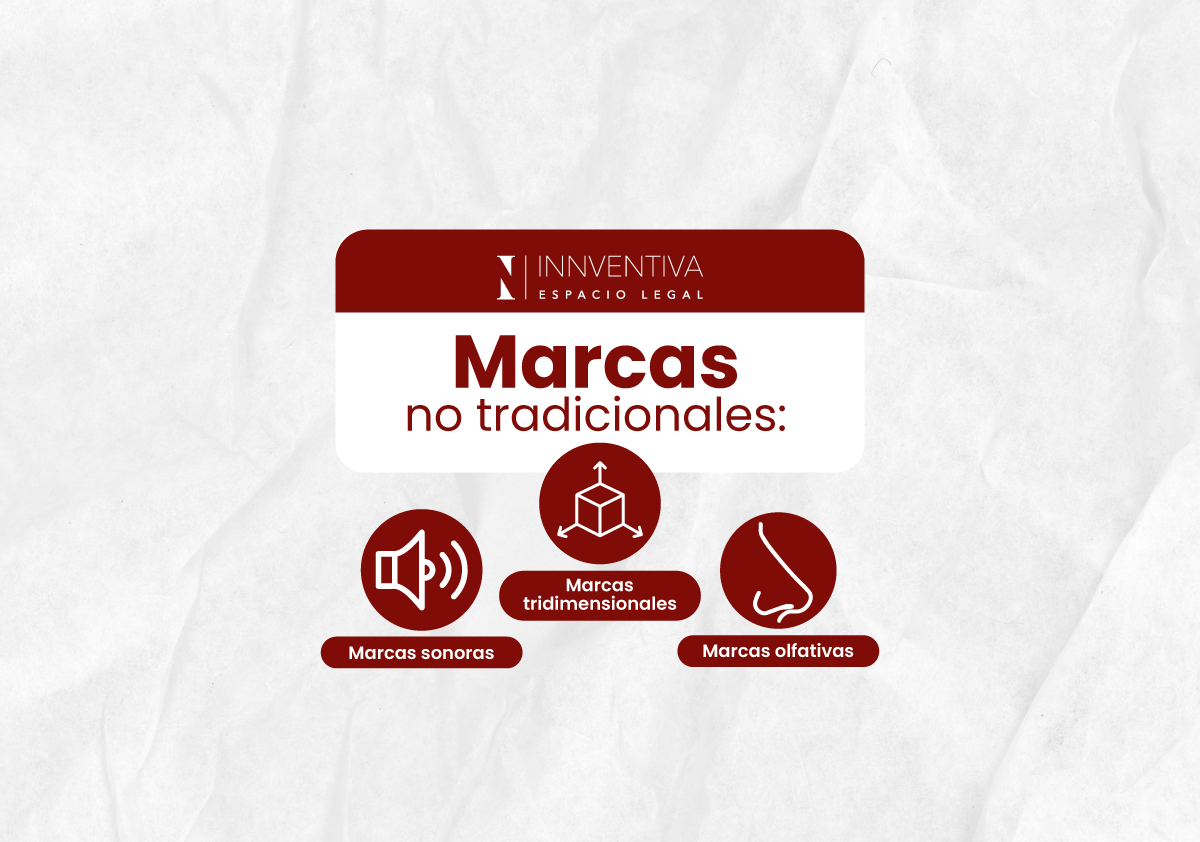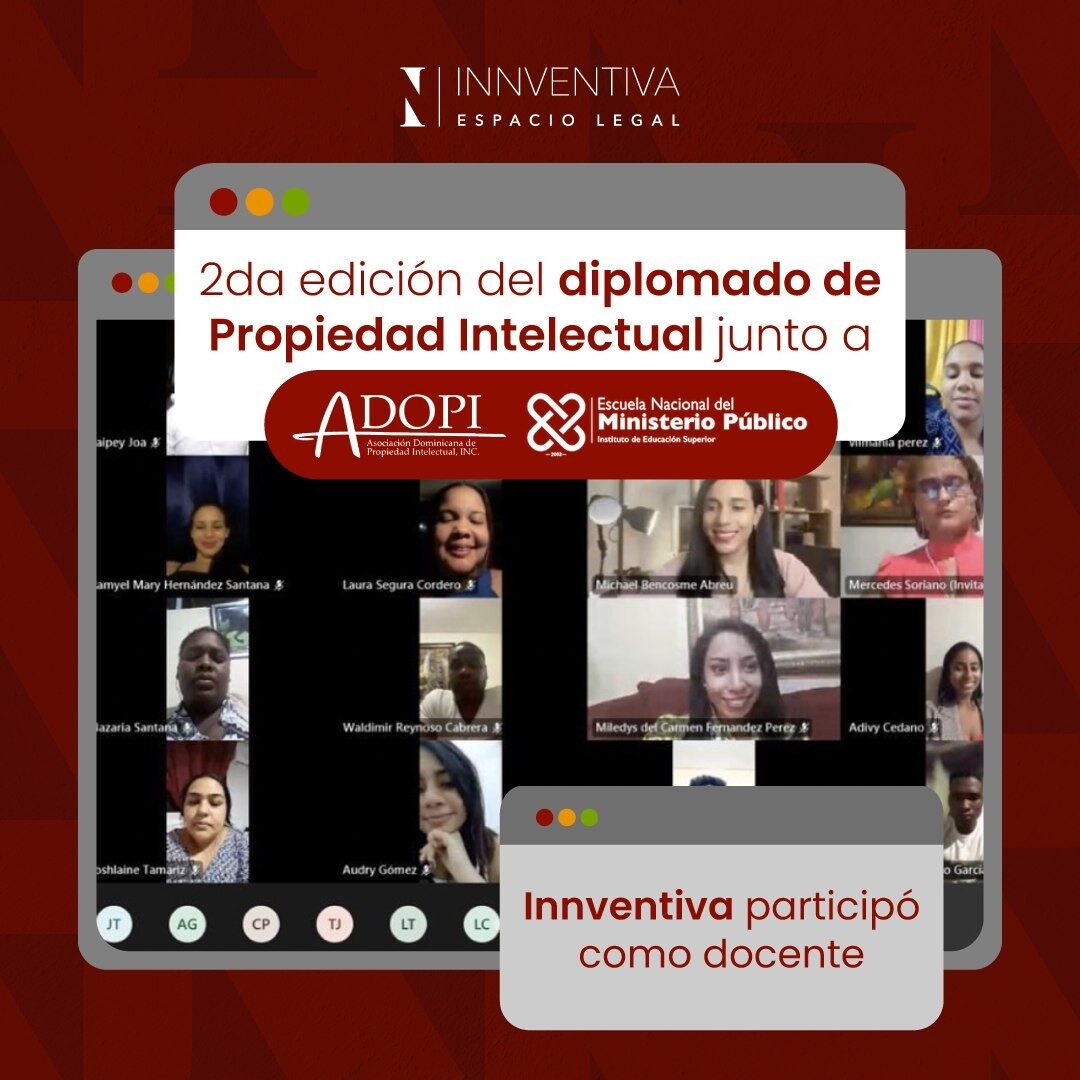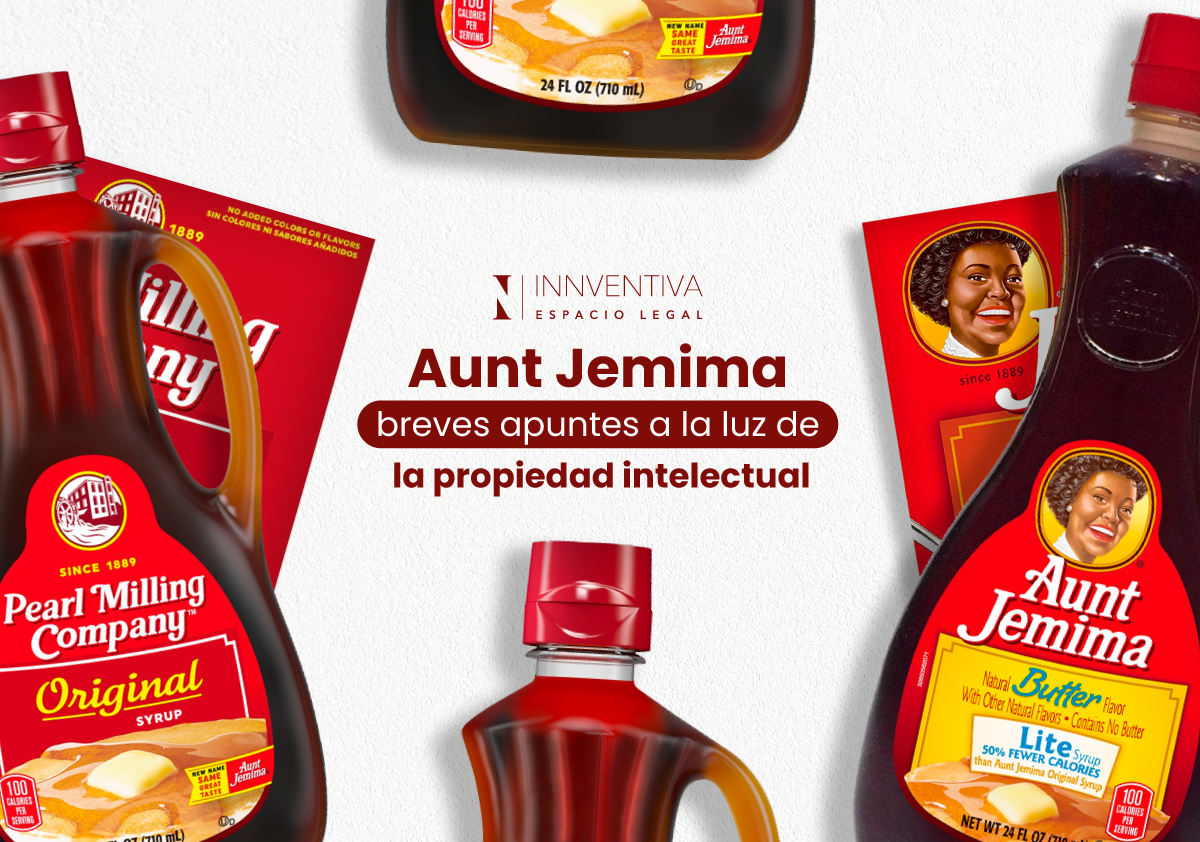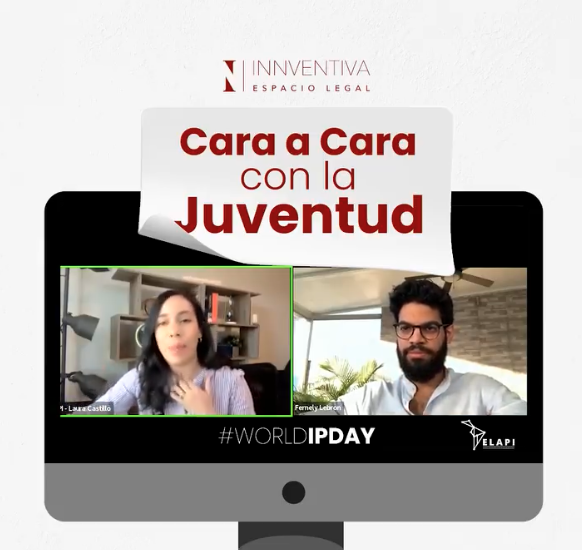By: Laura Castillo
Many opinions have been expressed regarding the announcement made by Quaker Oats that they would be changing their Aunt Jemima brand. The news is curious because the brand has a recognized history, over 130 years in the market, and nowadays very few people would not be able to associate the dark-skinned woman, with curly hair and an exuberant smile, with Aunt Jemima – the brand of maple syrup and pancake mix. This news was revealed following the multiple protests sparked by the brutal murder of George Floyd. In 2022, they have already begun to place products with the new presentation.
Although it might be interpreted as an act of social responsibility, many believe that changing the brand is not relevant to combating racism and discrimination. However, it is important to consider that the owners themselves have stated that both the logo and the brand name were created under a racial stereotype. In particular, Aunt Jemima has its origins in the so-called “mammy” of the 19th century, an old African American slave, a domestic servant with an apron and a scarf on her head, characterized by being submissive and dedicated to pleasing and serving whites. Since its creation, the “mammy” logo has been renewed on several occasions: the bandana has been removed, the nose refined, and a pearl earring added. This, in response to criticism of the outdated and negative representation of African American women.
In addition to the “mammy,” other stereotypes have been used to illustrate brands. There is the so-called Sambo, a happy but lazy and irresponsible black man; Tom, depicted as a happy man willing to serve whites; and Jezebel, symbolized as a sexually immoral female character.
While the announcement of Aunt Jemima may be small in the fight against racism, the important role that brands play should not be overlooked. Professor Llewellyn Gibbons pointed out that brands shape social identity. Both the brand and the advertising associated with it have the power to change perceptions and the way we interact with each other.
Hence, it is an internationally accepted criterion not to admit as trademarks signs that are contrary to morality, public order, or that ridicule people or ideas. Undoubtedly, brands created under stereotypes ridicule and offend the honor and dignity of individuals. In this case, the Aunt Jemima brand has found protection because it is not explicit discrimination, but rather a graceful stereotype. Other brands in similar situations include Uncle Ben, Mrs. Butterworth, and the Cream of Wheat chef.
These reasons for changing the image and name of brands have been previously considered and executed by holders such as Bimbo and Fritos with their brands i) Negrito and ii) Frito Bandito, respectively. Both were considered derogatory by consumers. The first was a brand of chocolate-covered breads and was depicted by an African American teenager. Because it was considered racist, the brand changed to Nito, and the character became white-skinned with afro hair. The second case, owned by Fritos, consisted of a character representing the stereotype of a Mexican swindler from Western movies, spoke English with a Mexican accent, was armed, and wore a gold tooth. The Mexican American Committee Against Defamation pressured Fritos to clean up the image of Mexicans being promoted with this brand. In response, they changed the hairstyle and attitude of the character. Later, the brand changed to Muncha Bunch, represented by a group of cowboys.
Having said that, and in light of the fact that intellectual property rights influence how we interact, perceive ourselves, behave, and are intrinsic to culture, it would be completely understandable and appropriate for Aunt Jemima and other brands with similar conditions to be moved to change their image to one that does not denigrate a segment of society.




